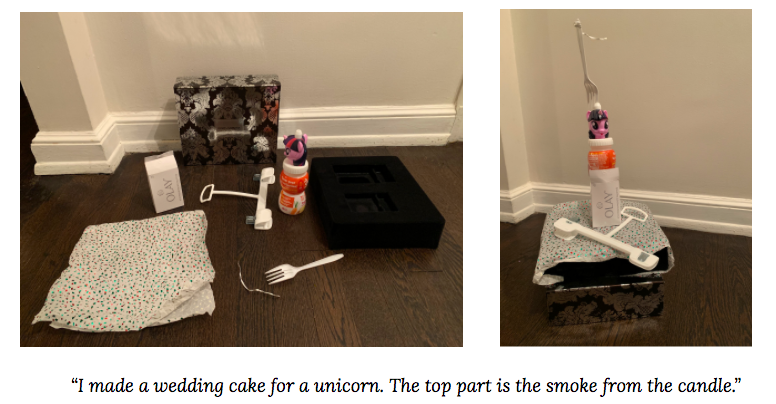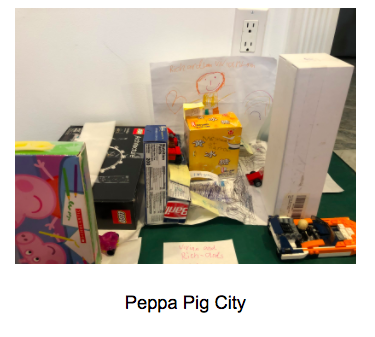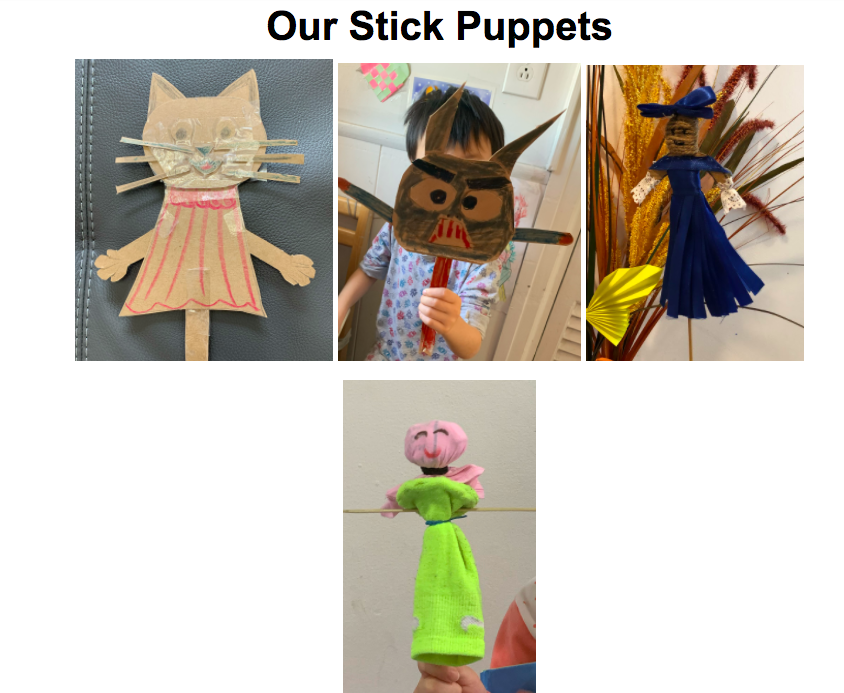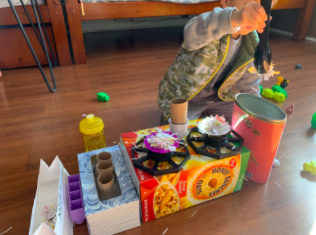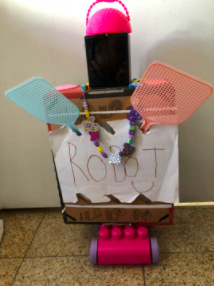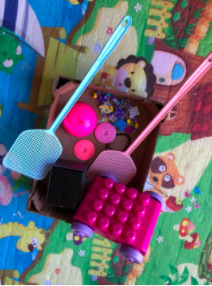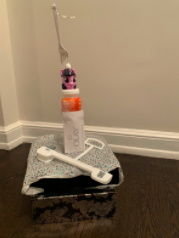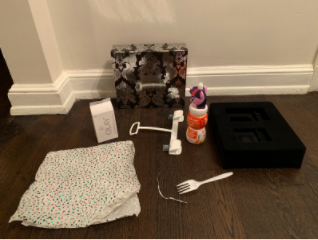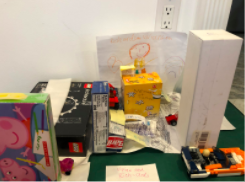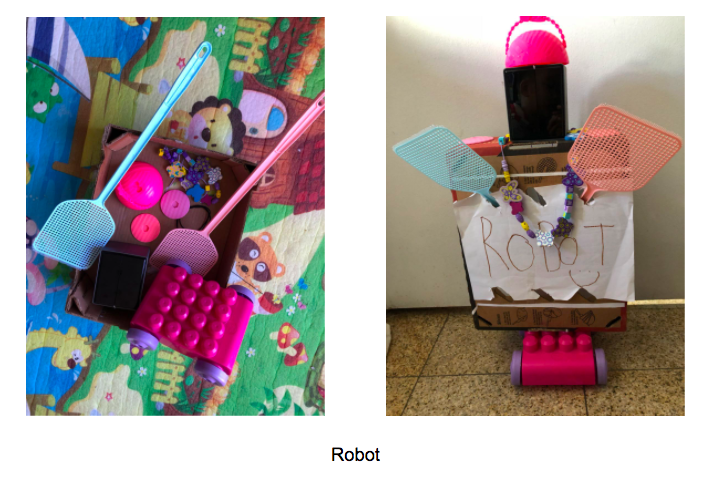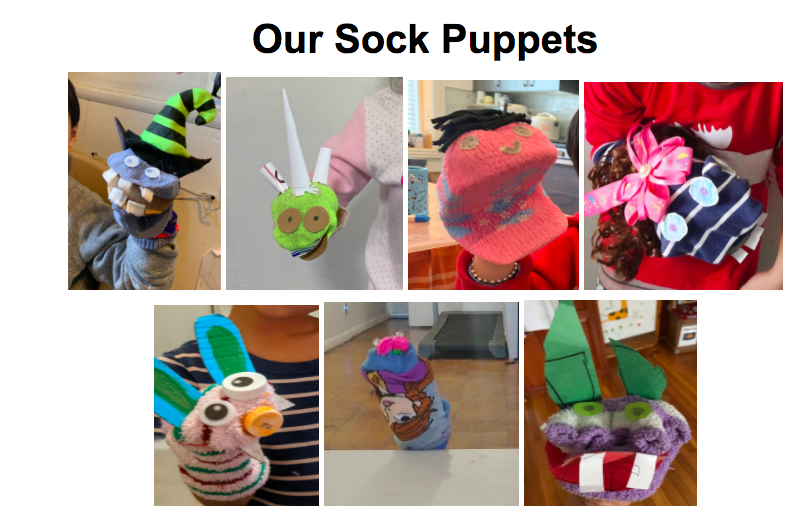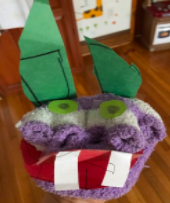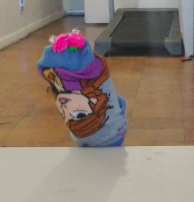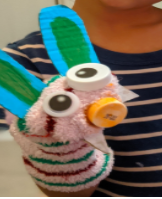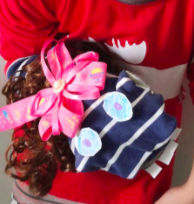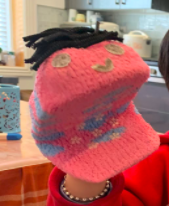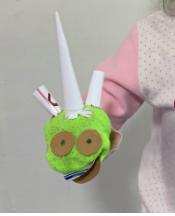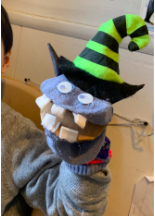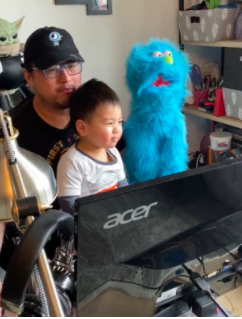Loose Parts Learning + Sock Puppets with NYC Pre-K Teacher - Andy Yung PS244Q
Written by Andy Yung
As you could imagine, the approach to teaching pre-K students remotely is very different from what is expected of our older students. So much of our time spent together in the classroom is focused on establishing routines, socialization, and learning through play. In the beginning of the year, we advised our parents to cut down on screen time. Moving to remote learning seemed to be counterproductive of what we were advocating for. It was not ideal but we had to make the best of the situation we were in, while staying true to our early childhood education philosophy. However, at the same time, I, as the teacher, needed to view the situation we were in from an equity lens and take into consideration the hardships some of our families may be dealing with but may not be comfortable to share. When we were in the classroom, everyone had access to all the materials that were in our classroom. After transitioning into remote learning, we as teachersneed to understand that not every family may have access to materials, supplies, or books that we have in our own homes or think it is in every home.
Kitchen
Many of the projects assigned use materials that our families would most likely have in the house and if they do not have something, there is lots of room for substitutions. Items such as recyclable materials and other loose parts items found in their homes. After introducing our families to the loose parts play philosophy, our children went on a scavenger hunt for loose parts in their homes.
The idea of loose parts play along with recycled materials would eventually turn into weeklong puppet making projects. On the how to make a puppet page of the Material for the Arts website, it describes puppets as “a great way for students to become a character, act out a story, or role play tough situations. There are endless ways to make and use puppets.”
Now more than ever, our students need social emotional support. Puppet play is a fantastic way for children to express their needs, concerns, or feelings in a way that feels safer with or through a puppet.
The first day of the week, families were instructed to spend time gathering materials they would need to make a sock puppet, finger/hand puppet, and stick puppet.
Suggested Materials:
Old sock, old clothes or rags, and sticks
Sturdy cardboard (from a cereal box or a packaging box).
Scissors
Glue or hot glue
Tape
Sewing kit
Optional Materials:
Bottle caps
Buttons
Yarn
Goggly eyes
Paint
Any recyclable materials or loose parts you can use for your puppet.
The second day of the week would be spent assembling our puppets together. Families had the option of viewing step by step instructions on a slide presentation or they could choose to watch one of many online video tutorials. One of our amazing parents recorded a tutorial in Mandarin for other families to view.
The third day would be spent on decorating the puppets and adding more details or accessories to our puppets.
On the fourth day, the children were instructed to come up with a name for their puppet, give it a voice and a backstory.
The last day of the week was reserved for a puppet party. We would meet virtually to show off our puppets and conclude with a dance party!


